#norse wolves
Explore tagged Tumblr posts
Text


The Wolf Moon of 2025!
Hope to receive a great message or sign from the puppers! Hail to Fenrir, Sköll, Hati, Geri, and Freki!
#oregon#heathen#heathenry#norse pagan#norse heathen#pagan#pnw#norse deities#norse gods#Geri#freki#Sköll#Hati#fenrir#wolf moon#moon#2025#January 13th#norse puppers#norse wolves#norse polytheism#norse paganism#norse heathenry
10 notes
·
View notes
Photo
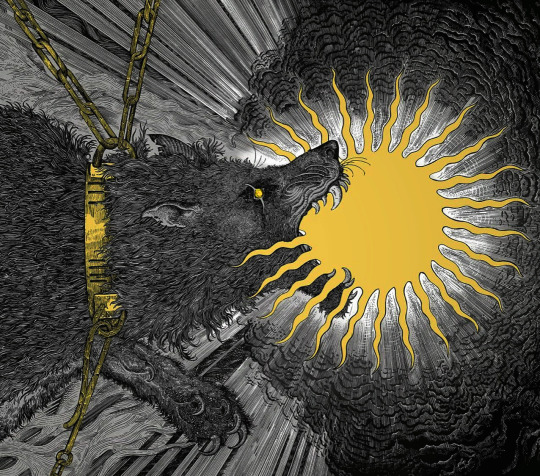
Valhalla Rising by Sin Eater Illustrations
https://www.instagram.com/sineateruk/
#sin eater illustrations#black and white#art#Illustration#mythology#norse mythology#pagan#sun#light#feral#teeth#wolf#wolves
22K notes
·
View notes
Text

one day I’ll catch up
terfs fuck off
made in 2023
#wolf art#wolves#animal art#snake art#norse mythology#norse myths#sun art#moon art#nature art#artists on tumblr#block print#block printing#linoprint#printmaker#linocarving#linocut print#linocut#linogravure#printmaking#small artist#traditional art#traditional printing#traditional printmaking#original art#lesbian artist#butch artist#trans artist#disabled artist#art#typography
1K notes
·
View notes
Text

The Binding of Fenrir by Mabel Dorothy Hardy
#mabel dorothy hardy#art#fenrir#wolf#wolves#norse mythology#gods#sagas#eddas#northern europe#europe#european#mythology#germanic#norse#nordic#scandinavia#scandinavian#norsemen#religion#animals#monster#monsters#bound
261 notes
·
View notes
Text

Day 10 - Fenrir - one of my favourite myths, I really wanted to do something different to my usual style with this one! I’m somehow hungry now… ☀️ 🐺
#arianwen44#Fenrir#norse mythology#Ragnarok#wolf#wolves#norse#Monster Month#october art challenge#art challenge#character design
211 notes
·
View notes
Text
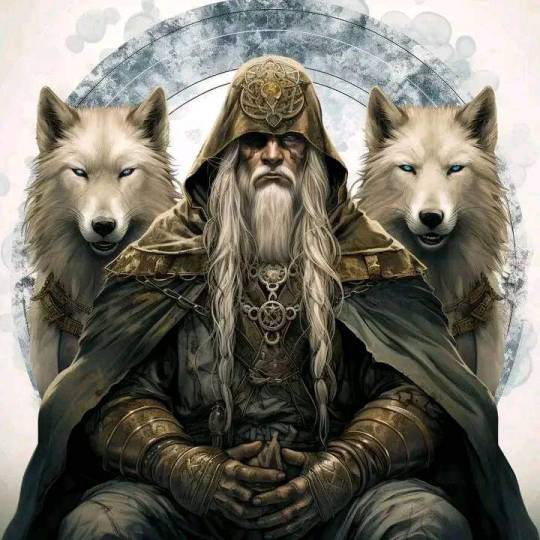
#heathen#heathenism#norse mythology#asatru#polytheism#norse pantheon#norse heathen#norse paganism#norse gods#norse#odin#viking god#viking#vikings#wolves
162 notes
·
View notes
Text
Working With Fenrir

The Ravener
Other names: Fenris, Fenrisulfr, Vanagandr
Colors: Blue, red, grey, black, brown
Herbs: Mugwort, calamus, yarrow, yew, turmeric, pine, mandrake, birch, willow, aconite, violet, saffron, mustard seed, thistle, lupine, blackberry, nettle, bindweed, poinsettia, rue, carnation, bleeding heart, locust, milkweed, mushrooms, fir, tulip, lily of the valley, wild rose, sandalwood, baby's breath, dragon's blood
Crystals: Red jasper, obsidian, howlite, black moonstone, hematite, bloodstone, nuummite, marcosite, lodestone, pietersite, petrified wood, spectralite, lapis lazuli, fire quartz, black opal, moss agate, kyanite, garnet, eudialite, granite, sapphire, ruby, arfedsonite, onyx
Element: Earth, fire
Planet: Moon, Uranus, Mars
Zodiac: Sagittarius (Aquarius)
Metal: Copper, silver, pewter
Tarot: The Tower, The Fool
Direction: West
Day: Wednesday
Animals: Wolves, dogs
Domains: Freedom, breaking bindings and negative attachments, trust, forgiveness, confidence, self-empowerment, chaos magick, revealing the truth, strength both physical and mental, vindication, comfort, protection magick, emotional healing/purging, clearing unwanted spirits/energies, family ties, ancestor work, destruction, physical activity/fitness, woodlands and mountains, rage, fariness/equality, shadow work, authenticity, home
Offerings: Bones, meat, fur, blood, pieces of wood, plants, stones, chains, wolf themed items/figures, coffee
Sigil: My own sigil for Fenrir

#spirit work#spirits#norse pagan#norse gods#norse mythology#witch#satanic witch#magick#lefthandpath#witchblr#witch community#pagan#eclectic#demonolatry#demons#satanism#witchcraft#dark#fenris#fenrir#wolves
42 notes
·
View notes
Text



made these lil wolves at school, thought it was kinda cool
#skoll and hati#norse mythology#thats a mirror btw#neuk's stuff#sköll and hati#i got graded for this 😭#defo would have had more fun if it wasnt graded#i got 30 out of 40#sigh#iri loves animals#wolves
41 notes
·
View notes
Text
Folklore Fact - Wargs (or vargs or worgs)
Wargs (aka worgs, if you play D&D) handily won the poll for August's folklore fact. What are these giant wolves like, anyway, and are they really all evil in legend?

The jötunn Hyrrokin riding a wolf, on an image stone from the Hunnestad Monument, constructed in 985–1035 AD
As usual, let's start with etymology. The word “warg” comes from Old Norse “vargr” (plural “vargar”), meaning - essentially - "destroyer." Originally, the term is thought to have meant "wolf," but over time, it shifted to refer to criminals (with an inherent negative meaning) instead. Thanks particularly to Tolkien, it is now widely used in scholarship to refer to the various giant wolves of Norse mythology, such as perhaps the mightiest and most terrifying monster in Norse myth, Fenrir (destined to swallow Odin during Ragnarok), along with Skoll (destined to swallow the sun) and Hati (destined to swallow the moon).
Note that this was not the common Old Norse word for wolf. "Varg" came to have a specifically negative connotation, whereas "ulf" (meaning simply "wolf") did not.
There were also plenty of other wargs/giant wolves in Norse myth, often being used as mounts to various gods and giants and other extremely powerful individuals; they were particularly favored of the jötnar, who, despite the simplification in a lot of modern media, were not always universally malevolent and hostile toward the gods. The runestone seen above depicts the giantess Hyrrokin who arrived to assist the gods with shoving off Baldr's funerary ship during Baldr's funeral, as no one else could move the vessel. She arrived riding on the back of a huge wolf so mighty that, after the giantess dismounted, even Odin's berserkers could not restrain it until it was knocked unconscious.
Does this also make Odin’s wolves, Geri and Freki, "wargs" in the modern scholarly concept? That was never really specified. But they are giant, godly wolves, perhaps meant to be the fathers of all wolves everywhere, so… Maybe? In some tales, during Odin's wanderings, Geri and Freki spread their wolf offspring across the world. Thus, it is possible they are simply giant godly wolves rather than specifically "wargs," but it's also possible that mythology wasn't ever planning to be that nitpicky and specific. Odin was, of course, also the creator of the berserkers, which gives him yet another wolf connection.
Going back to etymology for a moment, "ulf" was frequently incorporated into personal names. Wolves were not seen as wholly undesirable in Norse culture; to claim wolves were always seen as "evil" or somehow "negative" is to simplify the concept beyond belief. Wolves were admired for their fabled ferocity, endurance, will to live, voracity, and prowess in battle. Thus, wolves became a symbol of strength and a desirable image for great warriors. Though often feared, this fear is precisely what led many warriors to desire to be like a wolf, for they too desired ferocity feared by those around them. Wolves were a force of nature, an uncontrollable power to be respected (such as the power of the berserkers, again, who themselves were associated with wolves and, despite their connections with the god Odin, were also at once frequently seen as undesirable but worthy of respect), not simply a force of black and white "pure evil." How terrifying they were led to wolves becoming arguably the most powerful and feared monsters in Norse myth, but likewise, it was an image their warriors often wanted to take up and present.
While the majority of named giant wolves from Norse myth are certainly evil, such as Fenrir, what truly popularized the modern concept of the evil wargs in popular culture was - of course - the father of all fantasy and unmatched scholar JRR Tolkien. Likewise, Tolkien popularized the idea of goblins and/or orcs riding giant wolves into battle, no doubt inspired by the jötnar of Norse myth. Obviously, Norse and other myths greatly inspired many elements of The Lord of the Rings. Wargs are no different, but he did of course put his own interpretation upon them - an interpretation that has, like so many of his creations, become staples of many fantasy settings and even the popular mindset.
Whereas wargs in myth are at least semi-divine mounts of gods and giants, the wargs by the Third Age of The Lord of the Rings are mounts for goblins and their ilk. However, the wargs are intelligent and even have a sort of language, one some beings (such as Gandalf, notably inspired to no small degree by elements of Odin, himself) can understand, even if it is an evil tongue and they use it to speak only of evil things, as seen in The Hobbit. In the books, the wargs are often associated with Tolkien's very unfortunate portrayal of werewolves. I won't get into all the details of that. I adore Tolkien and all his works beyond my love for virtually anything else, but I cannot say I love his portrayal of "werewolves," though I do understand them.
So where then do we get this spelling of "worg?" That's entirely Dungeons and Dragons. Oldschool D&D wholesale ripped off Tolkien - which is one reason why oldschool D&D is so great - and had to change some of the terms they used. Balrog became balor, hobbit became halfling, mithril became mithral, etc. The same applies to "warg," Tolkien's term, which became "worg" in Dungeons & Dragons.
So where does this leave A Song of Ice and Fire aka Game of Thrones, with the "wargs" that are "skinwalkers" who can "warg" (verb) into animals, etc, and see through their eyes? There were plenty of legends out there - from Norse myth and otherwise - wherein people could project their consciousness into the bodies of animals when they slept or otherwise entered a kind of trance (some legends that could be considered werewolves also worked this way), but the term "warg" was never used to refer to such acts.
Ultimately, the modern concept of wargs is yet another major fantasy element that Tolkien alone conceptualized into what it is now in broader popular culture. Yes, it is certainly based on Norse myth, but Tolkien is the one who gave us our popular concepts of them today.
That's it for a general overview! This is a vast topic into which I could delve far deeper, but now you should have some general idea.
If you like my blog, be sure to follow me here and elsewhere for much more folklore and fiction, including books, especially on werewolves! You can also sign up for my free newsletter for monthly werewolf/vampire/folklore facts, a free story, book previews, and my other sundry upcoming projects and works, such as plushes (including all your werewolf and wolf and mythology plush desires). Please also consider supporting me over on Patreon (link at bottom of post); I promise you'll get awesome rewards in return, and every little bit really does help me continue my work.
And stay tuned for news and updates on a major [character-driven werewolf/fantasy/adventure/horror/semi-epic] book release coming THIS NOVEMBER!
Free Newsletter - maverickwerewolf.com (personal site + shop + free fiction) — Patreon — Wulfgard — Werewolf Fact Masterlist — X — Vampire Fact Masterlist — Amazon Author page
#warg#wargs#varg#vargs#worg#worgs#folklore#folklore fact#mythology#norse mythology#norse myth#history#wolf#wolves#resources#research#monsters#creatures#myth#dungeons and dragons#game of thrones#tolkien#lord of the rings#the hobbit#ragnarok#fenrir#fenris#werewolf wednesday#werewolfwednesday#folklore thursday
53 notes
·
View notes
Text
Sköll and Hati

#sköll#hati#sól#máni#sun#moon#norse#norse mythology#ancient#scandinavia#norse paganism#viking#wolf#wolves#ragnarök#fenrir#fenris wolf#heathen#heathenry
41 notes
·
View notes
Text
“Sigyn, Sweetheart”
Some art i made based on this lovely poem by Bat Bruja and how i interpret the scenes!







#norse mythology#sigyn#loki#logyn#loki's kids#loki x sigyn#narfi and vali#vali and narvi#narfi lokison#vali lokison#norse paganism#based on a poem#poem#poetry#angst art#angst#bright colors#twins#wolves#tw: blood#tw: guts#tw: torture#tw: imprisonment#norse runes
58 notes
·
View notes
Text

#ffvii#ff7#final fantasy vii#final fantasy 7#final fantasy 7 remake#final fantasy vii remake#final fantasy vii rebirth#ffvii rebirth#cloud strife#advent children#animal motifs#fenrir#norse mythology#As if that wasn't enough to drive the point home Nibel Wolves have *literal* spikes on their heads#Square doesn't do subtle
113 notes
·
View notes
Text
I don’t really know anything about the Dragon Age franchise as I only played a little bit of Inquisiton and I’m only just over halfway through Veilguard but is Solas based off Loki from Norse mythology because I’m seeing a lot of similarities.
#god of lies betreyal and trickery#associated with wolves#he’s trapped whilst the end of the world approaches#was once allied with the gods and is now in oppoisiton with them#then there’s Solas’ other name and Fenris#yknow#it might just be a coincidence but i doubt it#dragon age#dragon age inquisition#dragon age veilguard#solas#loki#norse gods#norse mythology
32 notes
·
View notes
Photo

Commission: Geri and Freki - Unita-N
133 notes
·
View notes
Text

Odin riding Sleipnir, with his wolves Geri and Freki
by Max Koch
#odin#sleipnir#horse#wolves#geri#freki#art#illustration#wotan#woden#germanic mythology#norse mythology#mythology#gods#religion#europe#european#northern europe#max koch#gustav schalk#walhalla#valhalla#religious art#germania#germanic#old norse
747 notes
·
View notes
Text
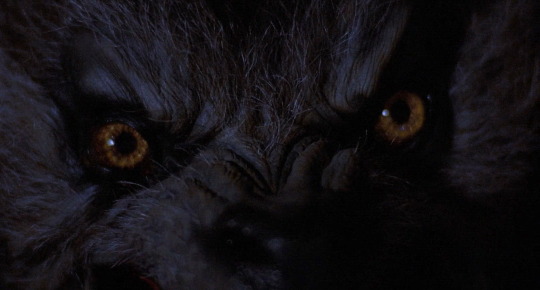

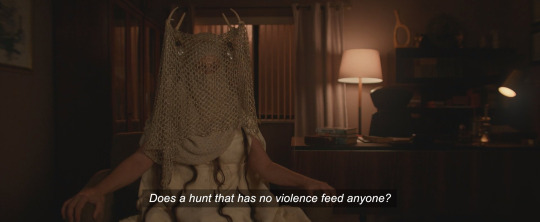
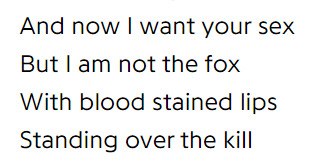
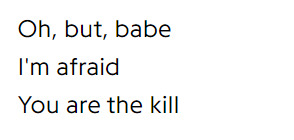
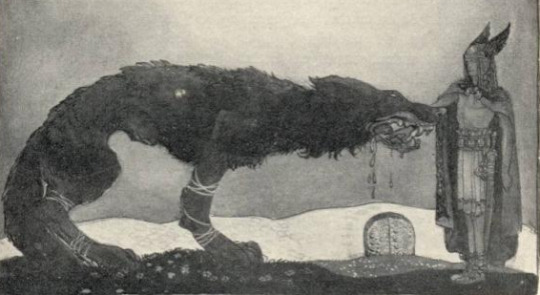

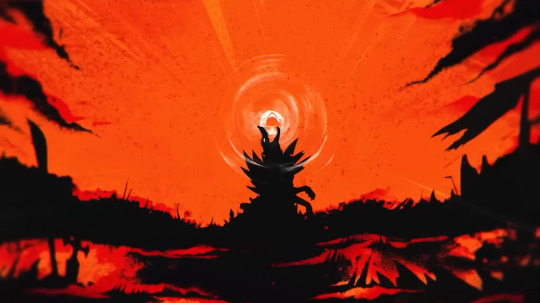


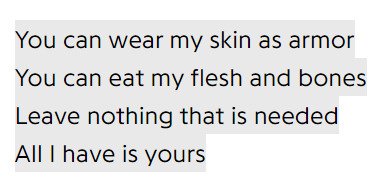


the wolf holds the heart between her teeth
an american werewolf in london (1981) dir. john landis / florence + the machine - howl / yellowjackets s2e7: "burial" / moonface - heartbreaking bravery / týr and fenrir (1911) by john bauer / tumblr post from @lupi-usque-ad-finem / "hounds of iron | naafiri cinematic" - league of legends / mongrels (2016) by stephen graham jones / instagram post by @violenttradwife / have a nice life - hunter / tropical malady (2004) letterboxd review by frances meh / ethel cain - famous last words (an ode to eaters)
#web weaving#word collage#werewolf#wolves#gothic horror#an american werewolf in london#florence and the machine#yellowjackets#lottie matthews#spencer krug#moonface#norse mythology#fenrir#tyr#naafiri#league of legends#mongrels#stephen graham jones#have a nice life#deathconsciousness#tropical malady#apichatpong weerasethakul#ethel cain#every time i do a word collage i have to do some weird shit like adding letterboxd reviews and instagram aesthetics
357 notes
·
View notes